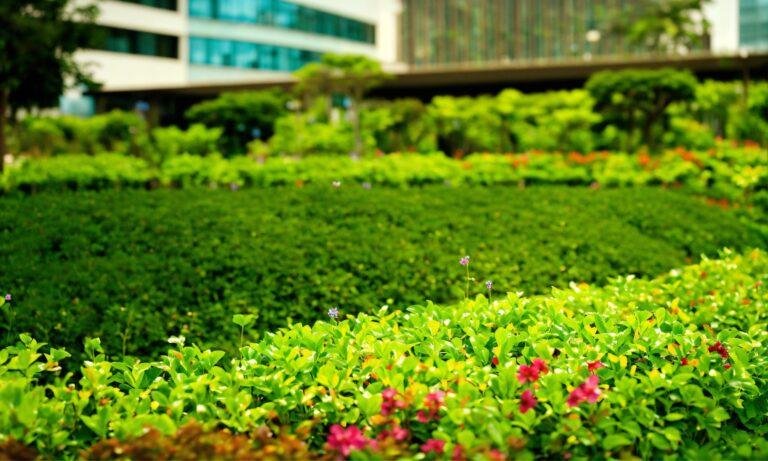Urbanization has brought about the rise of concrete jungles, with cities becoming increasingly dominated by buildings and paved roads. However, there is a growing movement to transform these sterile urban environments into vibrant and sustainable spaces through the practice of edible landscaping.
Edible landscaping is the integration of food-producing plants into the landscape in a way that is both aesthetically pleasing and functional. By incorporating fruits, vegetables, herbs, and edible flowers into urban gardens, city dwellers can enjoy the benefits of fresh and healthy food right at their doorstep.
One of the key principles of edible landscaping is maximizing space efficiency. In densely populated cities where land is at a premium, vertical gardening techniques such as trellises, espaliered fruit trees, and hanging planters can help maximize growing space. Rooftop gardens and green walls are also innovative ways to make use of vertical space for growing food.
Another important aspect of edible landscaping is choosing plants that are well-suited to the urban environment. Many edible plants are well-adapted to growing in containers, making them ideal for small urban gardens. Herbs like basil, mint, and oregano thrive in pots and can be easily grown on balconies or windowsills. Dwarf fruit trees and berry bushes can also be grown in containers, providing a harvest of fresh fruit in even the smallest of spaces.
In addition to providing a source of fresh produce, edible landscaping can also have a positive impact on the environment. Growing food locally reduces the carbon footprint associated with transportation and packaging, while also promoting biodiversity and supporting pollinators like bees and butterflies. By creating green spaces in the midst of concrete jungles, urban gardeners can help mitigate the heat island effect and improve air quality in their neighborhoods.
There are countless creative ways to incorporate edible landscaping into urban spaces. Community gardens, rooftop apiaries, and edible schoolyards are just a few examples of how cities around the world are embracing the idea of growing food in urban environments. By connecting people to the source of their food and fostering a sense of community around shared green spaces, edible landscaping has the power to transform concrete jungles into vibrant and sustainable urban oases.
In conclusion, edible landscaping offers a unique and sustainable solution for urban gardeners looking to make the most of limited space. By combining beauty and functionality, edible landscapes can provide a source of fresh and healthy food while also contributing to a more sustainable and resilient urban environment. With a little creativity and innovation, city dwellers can transform their concrete jungles into flourishing gardens that nourish both body and soul.
#Transforming #Concrete #Jungles #Edible #Landscaping #Ideas #Urban #Gardeners
Edible landscaping ideas for urban gardens
Discover more from Organic Gardening
Subscribe to get the latest posts to your email.







